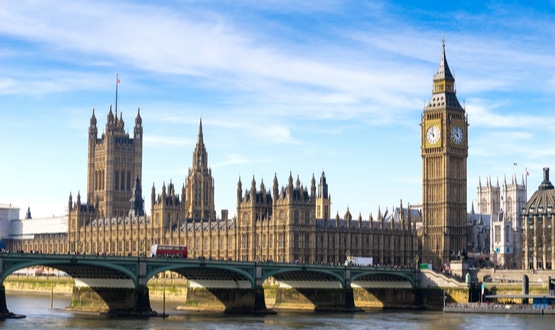Funding forecast is colder than ever
- 20 July 2009
The NHS would have to make historically unprecedented productivity gains to close the gap between its likely funding after 2011 and the Wanless projections of its future spending needs.
According to a report by the King’s Fund and the Institute for Fiscal Studies, the health service would need to make gains of between 3.4% and 7.4%– or £3.6 billion and £7.8 billion – a year from 2011-12 to 2016-17 to close the gap.
By contrast, the latest figures from the Office of National Statistics should that between 1997 and 2007, the productivity of the UK NHS fell by 4.3%; an average reduction of 4.3% a year.
“The scale of what is about to hit the health care system is unprecedented,” said King’s Fund chief executive Niall Dickson. “The politicians may want to talk about protecting the NHS, but the reality is that even with some protection there will have to be very tough choices.
“There is an opportunity now to improve efficiency but if the NHS doesn’t tackle this head on we will once again see the vultures circling, questioning whether we can sustain a free comprehensive system funded out of general taxation.”
The latest analysis from the King’s Fund and the IFS draws up three spending scenarios for the NHS that it terms ‘tepid’, ‘cold’ and ‘arctic.’
Under the tepid scenario, the NHS would rise by 2% a year in real terms for the first three years under review and 3% for the final two years. Under the tepid and arctic scenarios, spending would be frozen or fall by 2% and then1% over the same period.
The analysts warn that adopting any of these scenarios would require cuts in other Whitehall budgets or significant income tax or VAT increases. They warn that even the most optimistic scenario would be largely wiped out by the impact of demographic change on the UK.
Additionally, they say all of the scenarios would fall short of the funding that former Nat West chief executive Derek Wanless told the Treasury the NHS would need in 2002.
Wanless drew up three scenarios for future health service spending, which made different assumptions about the degree to which it could become more efficient and the degree to which population health could improve.
His work was a major stimulus to NHS IT, since many of his productivity improvements were underpinned by greater use of technology in the health service. One reason that the NHS has failed to reach his most optimistic, ‘fully engaged’ scenario is that it has failed to roll out IT as anticipated.
Equally, a shortfall in future funding against his scenarios implies less money for NHS IT in the future. The Treasury and health service leaders are also pinning their hopes on IT-led improvements to NHS productivity to maintain quality in the tougher financial climate ahead.
The King’s Fund and IFS analysts calculate the gap between NHS funding and the Wanless scenarios will range from £4 billion to £40 billion by 2016-17. NHS chief executive David Nicholson’s has already warned that the NHS will need to make productivity improvements of £15-£20 billion over the period in question.
Report co-author John Appleby, chief economist at The King’s Fund, said: “The NHS has enjoyed unprecedented increases in funding since the turn of the century but those days will soon be over.
"That’s why it’s crucial that the service does all it can over the next two years to prepare itself for the financial freeze that will take hold over the two coming spending review periods.”
Link: How cold will it be? Prospects for NHS funding 2011-17.



